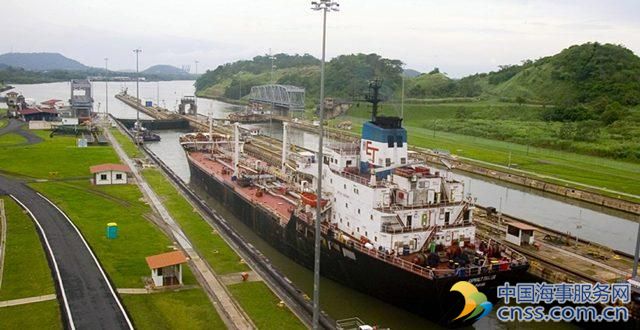Hanjin’s Demise: Why Global Shipping Glut Isn’t Going Away

A shipping company drowned at sea has kicked up a storm of worries. The gales should subside even if the industry’s long-term problems don’t.
South Korean Hanjin Shipping, the world’s seventh-largest container shipping line, filed for bankruptcy this week, leaving ships stranded from ports or seized by creditors. This has stirred worries among retailers globally about surging freight rates and potential disruption of sea-freight trade routes. The reality is, the shipping industry has long been sitting on more capacity than it knows what to do with, and this cleanse is much needed. Unfortunately, it will barely move the needle in the longer run.
The timing of Hanjin’s fall has amplified its effect. Many thought the government-run Korea Development Bank, the main creditor, would keep Hanjin afloat rather than let it fail in the midst of peak shipping season with Christmas gifts packed on the high seas. That has sent a gauge of freight rates on certain routes like Shanghai to Rotterdam up 39% this week, according to the World Container Index. Globally Hanjin Shipping accounts for 3% of capacity but approximately 10% on the Asia-to-Europe routes.
That should help boost other company’s utilization rates. Shares of rival Evergreen Marine of Taiwan rose over 16% this week.
But freight rates aren’t likely to stay elevated for long — so the industry’s wider troubles of too much capacity and too little demand aren’t going away. Eventually Hanjin’s stranded ships will get unloaded and business will go elsewhere. And while freight rates have risen, this is from multiyear lows and still far from levels that help most large container shipping lines grow profits.
Shipping’s low season starts next month, which could put a halt on the current uptick in freight rates. Despite efforts to consolidate and idle fleets, container ship capacity is growing at 3.2% a year, while demand for container cargo is a tepid 1.8%, notes Rahul Kapoor of maritime specialists Drewry Financial Research Services.
Container shipping lines have created alliances in a bid to stay viable and now the 10 big players hold approximately 80% of the capacity. Hanjin’s failure may cut supply on the margins, but with more of its vessels chartered than owned, that tonnage will come back into circulation soon enough. And the ships Hanjin does own are relatively modern, so that means they won’t be sent to the scrapyard anytime soon.
Hanjin’s demise just adds to the flotsam and jetsam already washing up on the shores of the shipping industry.
Source: Wall Street Journal
HEADLINES
- Do shipping markets want Biden or Trump for the win?
- All 18 crew safe after fire on Japanese-owned tanker off Singapore
- Singapore launching $44m co-investment initiative for maritime tech start-ups
- Cosco debuts Global Shipping Industry Chain Cooperation Initiative
- US warns of more shipping sanctions
- China continues seaport consolidation as Dalian offer goes unconditional